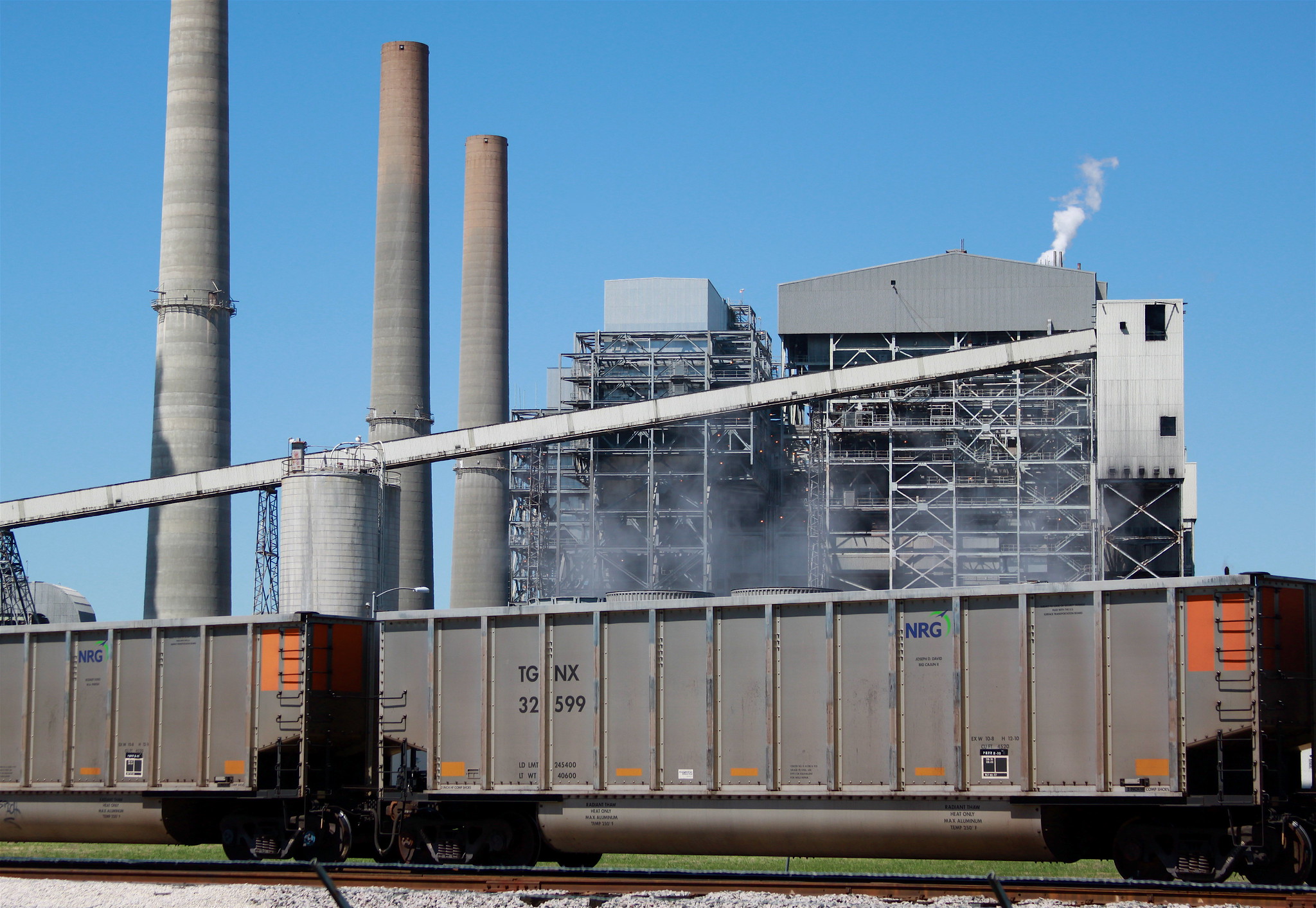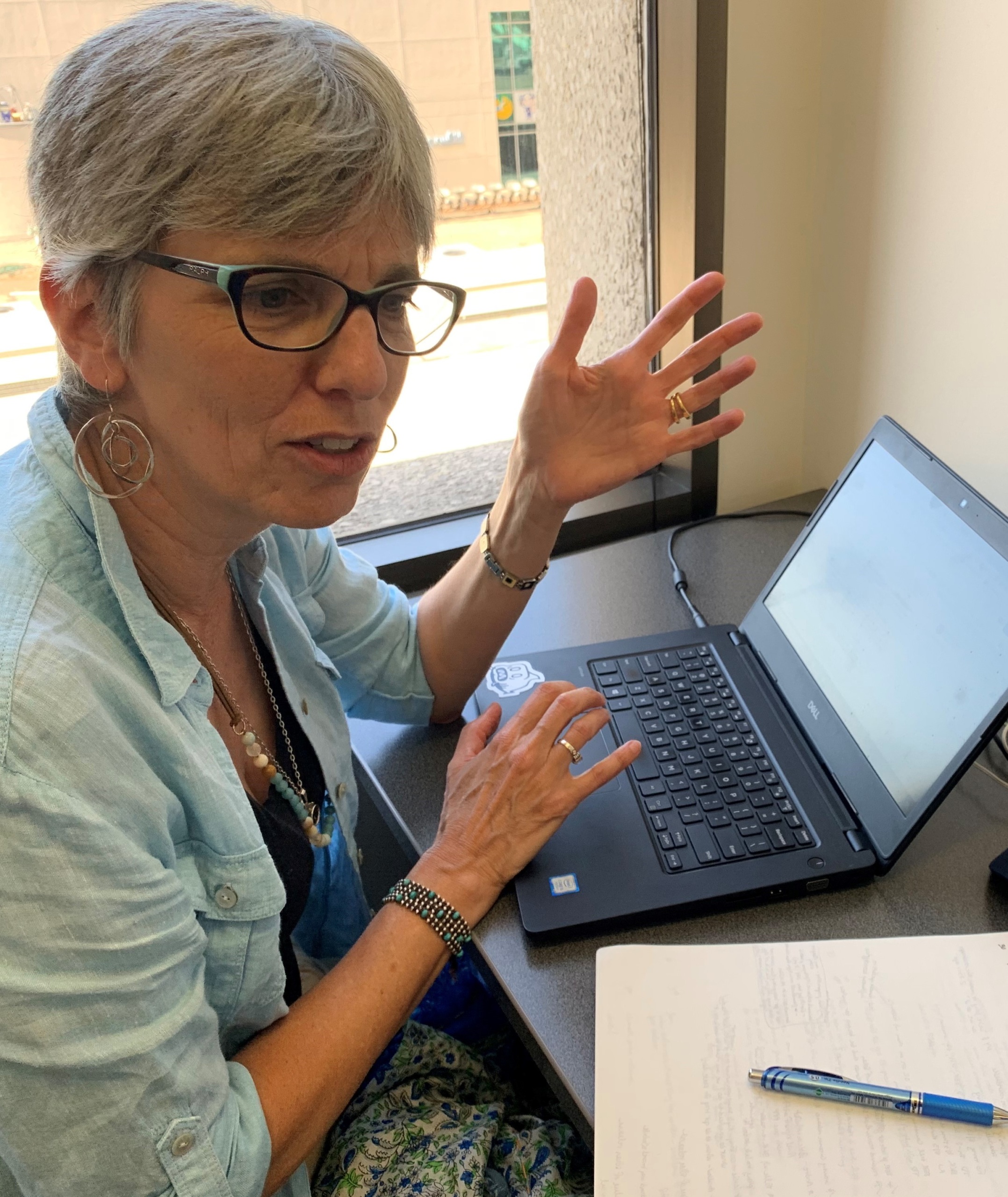
Looking back at 2022, with hope for the year ahead
Our holiday newsletter reflecting on 2022.

Happy New Year! Thanks for your interest in and support for our work. Here’s a quick rundown of what we did in 2022.
Renewable energy is on the rise, but fossil fuels aren’t gone yet
Renewable energy was in the national spotlight in 2022 as never before. America now gets more than three times as much power from the wind, the sun and the earth as it did in 2012, with all 50 states now seeing clean energy growth. To help you track the rise of clean energy in your state, we’ve launched a new, easy-to-use interactive dashboard version of our annual Renewables on the Rise report, with detailed data on everything from solar power to electric vehicles. There is likely much more renewable energy growth to come, with the August passage of the federal Inflation Reduction Act (IRA) giving yet another big boost to clean energy technologies. In 2022, our research highlighted the potential for clean energy transformations across America, from solar panels on the rooftops of big box stores and homes, to electric school buses and municipal fleet vehicles – all of which are targeted for support by the IRA and/or the 2021 Infrastructure Investment and Jobs Act (IIJA). To learn more about how to take advantage of the moment to make your corner of the world healthier, safer and more climate-friendly, check out our guide to using the IRA to electrify your home.
Progress is, well, in progress, but the transformation of the U.S. energy system has a long way to go. Gas stations still beckon from street corners and highway exits, and fossil fuels still heat most American homes, despite the threats that oil and gas pose to the climate, public health and safety – including disastrous leaks and explosions in the system that delivers methane gas (also called “natural gas”). Still, the gas industry persists in “greenwashing” itself as part of the solution to climate change, falsely touting the potential of methane gas and “renewable natural gas” to cut emissions. And so, even with clean energy poised to surge, we warned in 2022 of the threat of further expansion of fossil fuel infrastructure. We showed that, contrary to reports that federal environmental review was mostly targeting clean energy projects, most of the projects subject to federal environmental review are for fossil fuels, and cautioned that building that fossil fuel infrastructure could lock in future demand for those fuels for decades to come. As the new year dawned we looked at the significant increase in U.S. climate emissions that could result from already proposed oil and gas infrastructure in the coming decades.
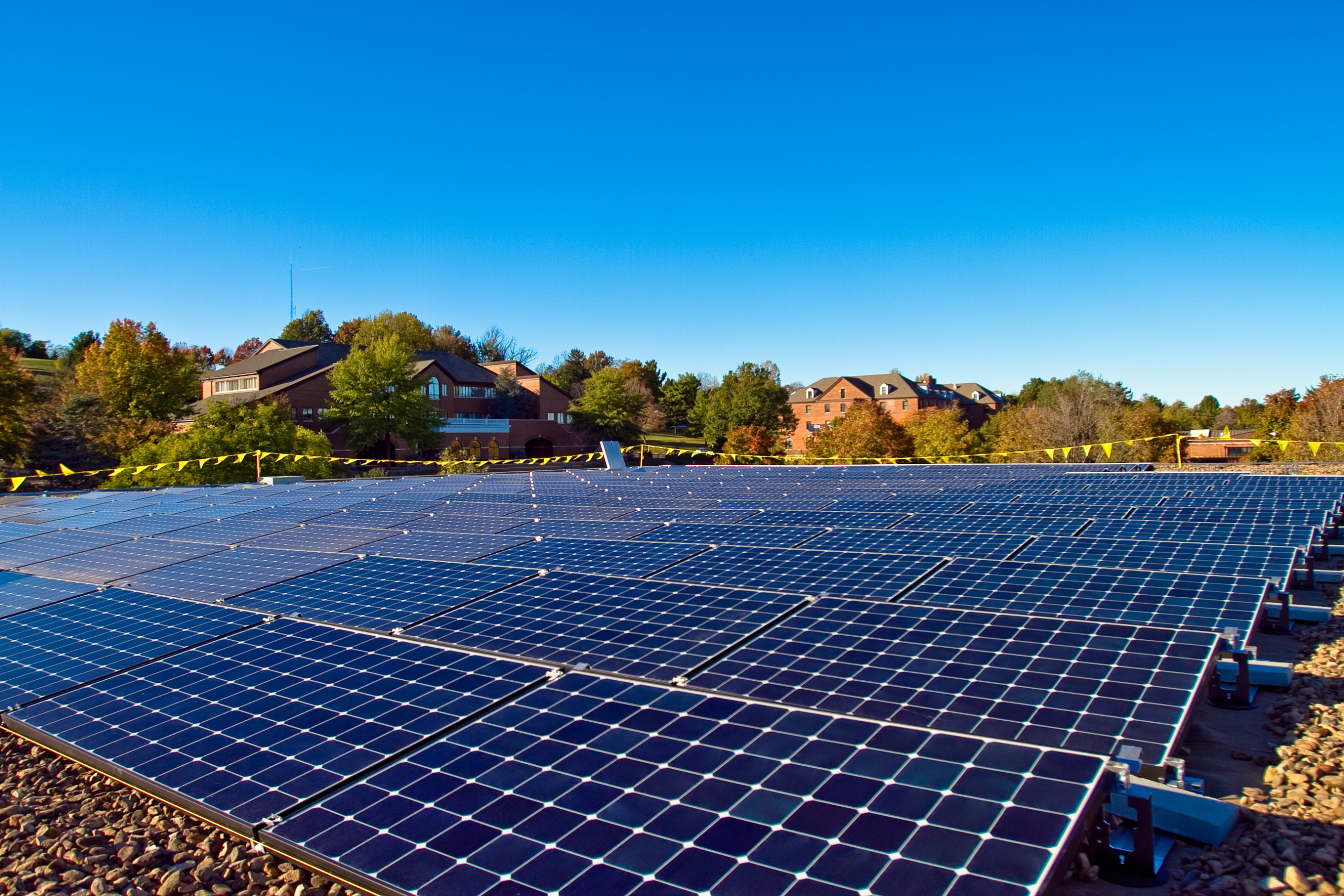
A solar array on the grounds of Eastern Mennonite University.Photo by Dyoder | CC-BY-SA-3.0
Crypto crashed, but consumers still face other threats
Cryptocurrencies suffered their latest collapse in 2022, and many, many people lost their savings after listening to celebrity-studded TV ads that urged them to be “bold.” We warned early in the year that the lack of regulation and consumer protection leave the public at risk, both economically and environmentally. But even as crypto lost its luster, other new financial traps emerged, such as the Buy Now, Pay Later schemes popping up from most major retailers. These offers lull people – especially young people – into overconsumption and debt. The good news is that there are many examples out there of strong consumer protections and lots of opportunities for decision-makers to act. In May, we reviewed the effectiveness of California’s automobile Lemon Law in protecting car buyers from faulty vehicles, and showed which car brands are the most and least likely to drive consumers to the courtroom for relief. We also discussed how the Federal Trade Commission (whose mission is to protect consumers as well as to promote competition) could step in to help protect consumers who have to take out auto loans.
The transportation system is changing, but not fast enough … yet
The nation’s car-dependent transportation system continues to degrade our lives – harming our climate, polluting our air and water, costing us money, and making many of us, frankly, miserable. Big changes are needed, but they won’t happen overnight. This year, we laid out an ambitious blueprint for reforming America’s transportation finance system, which spends too much money on the wrong things while subsidizing driving at the expense of public and active transportation. Destructive and wasteful highway projects continue to be proposed around the country, as our seventh edition of Highway Boondoggles made clear, but momentum against wasteful highways is building, and several of the worst projects have been stopped. We also championed the potential of walkable, human-centered cities to spark connection and improve American lives.
Pollution still puts our health at risk, but there are signs of progress
Fifty years after the passage of the Clean Water Act, many polluted rivers and lakes have been restored to health, but, as our research in 2022 showed, industrial facilities and sewage treatment plants continue to dump nearly 200 million pounds of toxic pollutants into our waterways each year. Growing concern over pollutants like PFAS “forever chemicals” shows that we still have a lot to learn about how toxics are affecting our environment and health, though advances in chemical testing could usher in safer practices. In 2022, we also learned more about long-lingering threats like indoor air pollution and noise pollution from car traffic, which harms our health in a stunning variety of ways. Transitioning to more sustainable practices and systems – induction stoves and electric vehicles, less-toxic and less-wasteful products, and communities where we can walk, bike or take transit to more of the places we want to go – can help make all of those problems less severe.
Good ideas abound
Getting to the heart of today’s biggest challenges requires new and creative thinking about human interaction with the environment – as well as bold new policies and practices. 2022 provided a few signs of hope. Proforestation – leaving forests to grow on their own without interference – is being studied by governments worldwide (including the U.S.) as a tool for carbon sequestration and fighting climate change. The IIJA provided money for cities to plant “green infrastructure” that supports pollinators. More and more cities and towns now have “refilleries” – stores where you can buy products without packaging in your own containers to cut down on plastic waste. And there’s a public conversation under way about abundance – what it means to have enough and what we, as a society, really do need more of – that will likely continue in the years to come.
* * *
Here’s to a healthier, happier and even more hopeful 2023.
Topics
Authors
Susan Rakov
Managing Director, Frontier Group; Senior Vice President, The Public Interest Network
Susan directs Frontier Group, the research and policy development center for The Public Interest Network. Frontier Group’s work informs the public discussion about degradations to the environment and public health, threats to consumer rights and democracy, and the available routes to a better future. Susan lives in Santa Barbara, California; she has two children, a husband, and a dog, and is an amateur singer/songwriter.
Find Out More
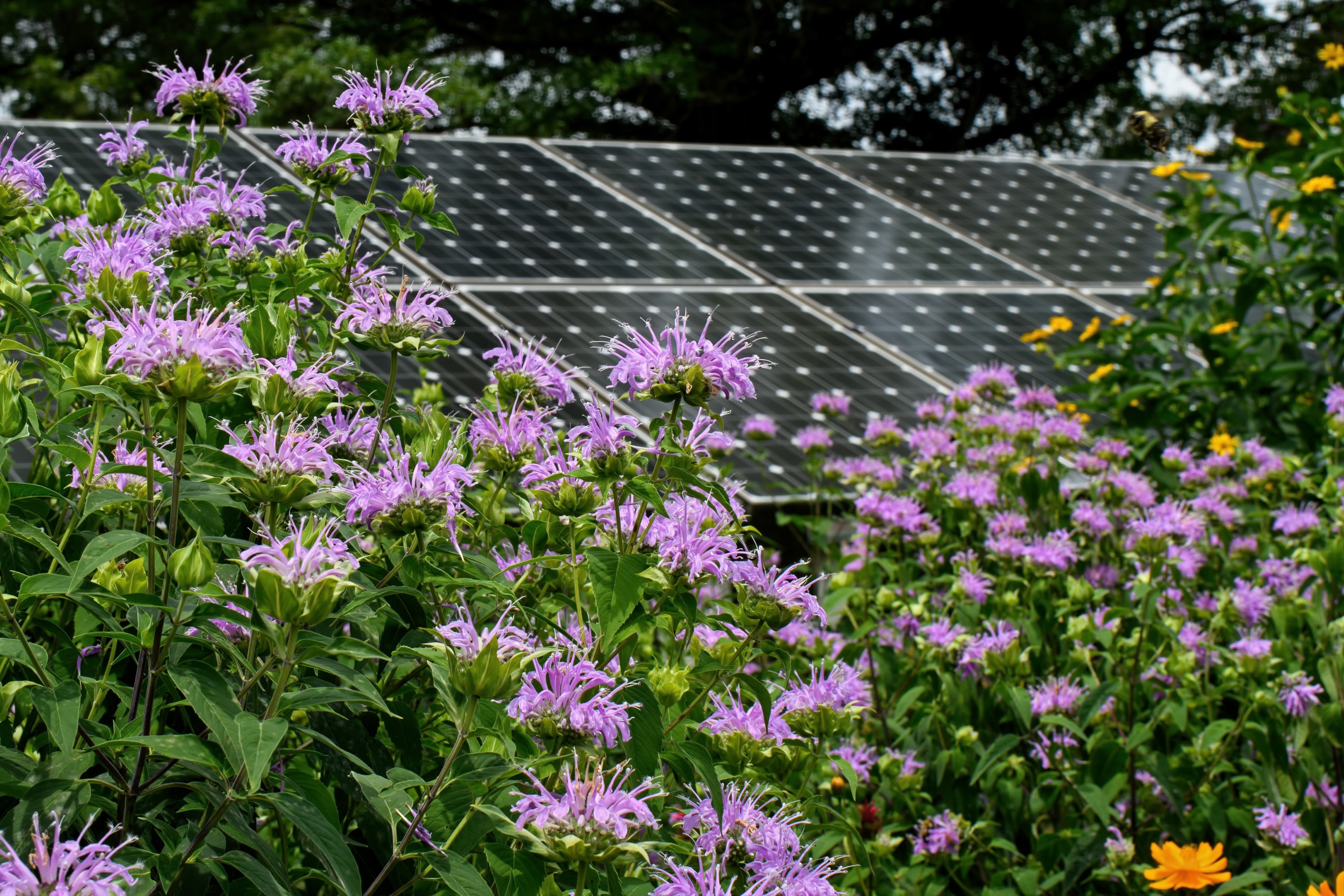
Looking back at 2023
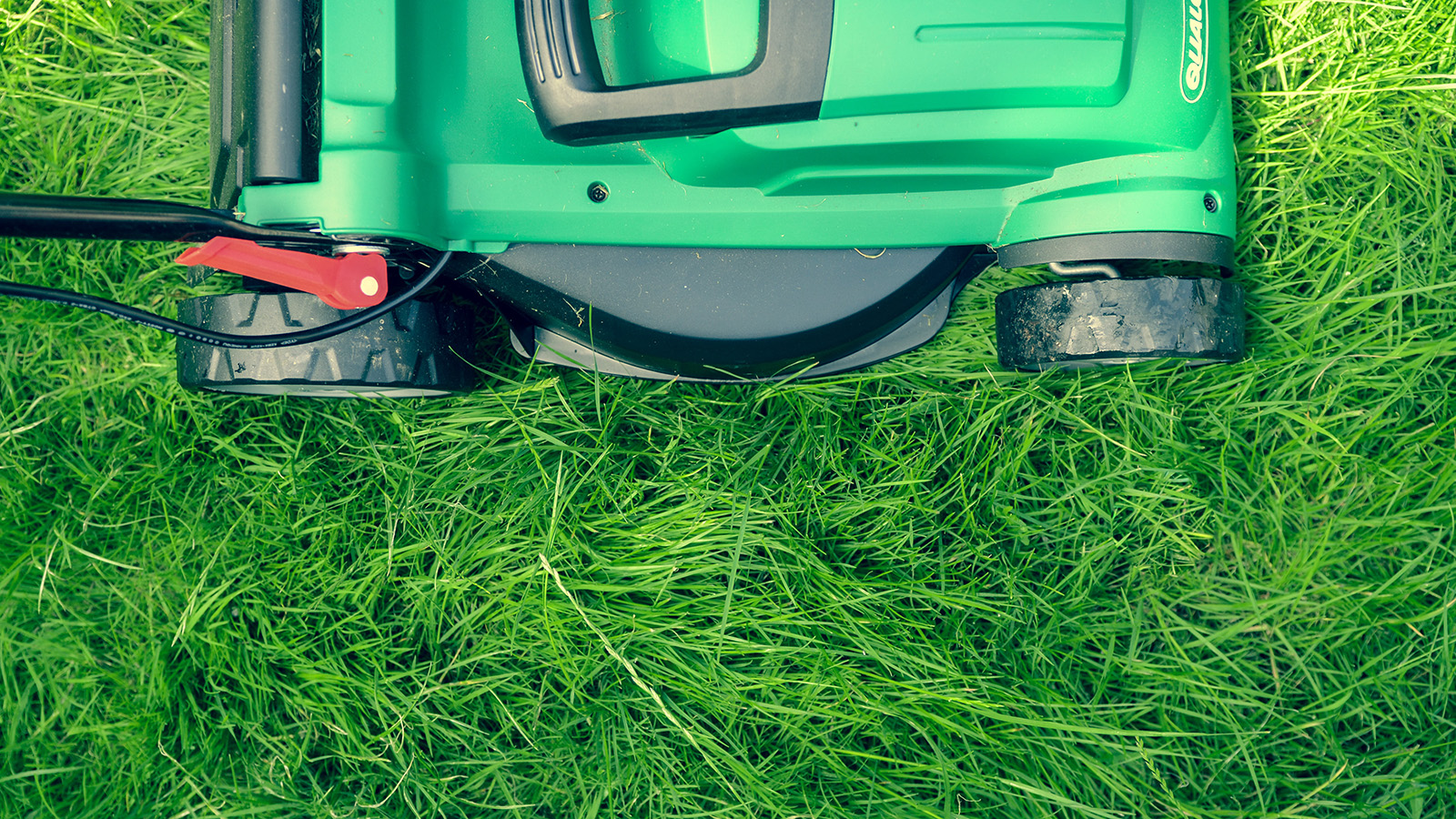
November Newsletter: Cleaner, quieter lawn care
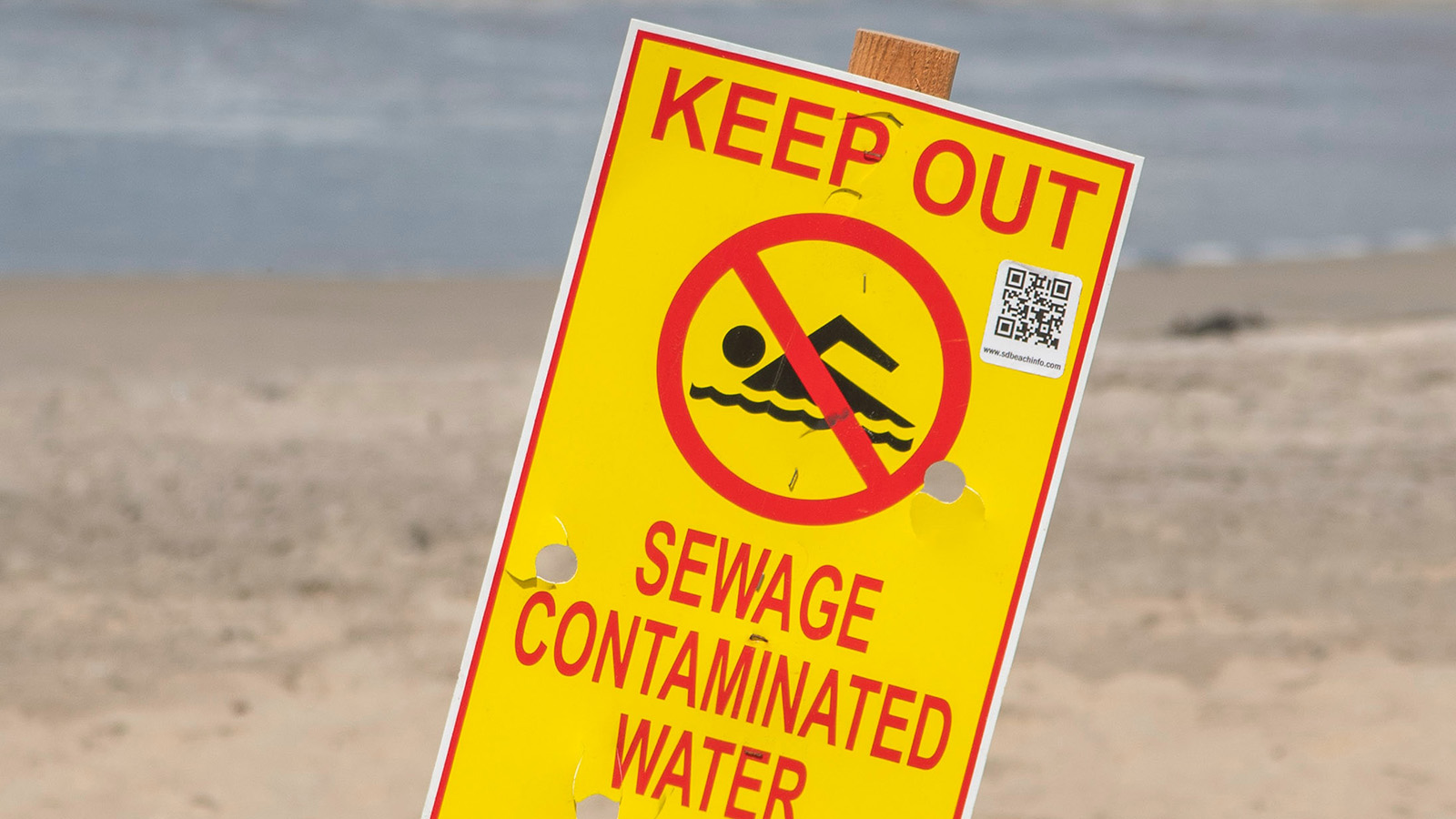
July Newsletter: Safe for Swimming?
